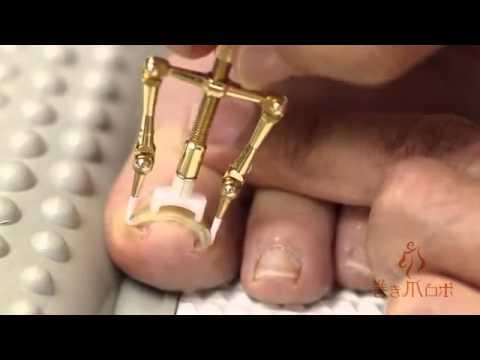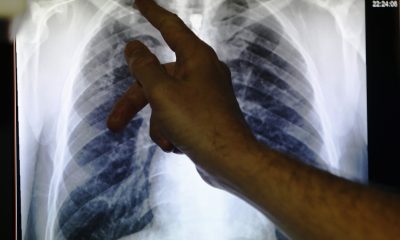A 59-year-old woman’s toe had to be removed after a visit to her regular salon for a pedicure.
Anita House, of Flowery Branch, Georgia, opened up about a harrowing experience she had at her local nail salon that led to a toe amputation.
In an exclusive interview with Fox News Digital, she shared what went down on the last weekend of February 2019 when she and her sister decided to have pedicures at the salon.
“When it just starts to get warm, you’re thinking, ‘sandals,’ and you’re thinking, ‘pedicure,’” House told the outlet before admitting that they went to the salon she frequented in the past.
According to House, she never had issues with the salon and its staff. So when the salon worker handled her feet, she never imagined it would lead to a real-life nightmare.
“They would often see it and get it out,” she said of her ingrown toenail. “I’ve never had an issue with it … but [the employee] cut it, and she cut deep. It bled.”
House revealed that four days after the incident, her toe became “red and puffy.” She recalled telling herself she would see a podiatrist if her toe did not get better in four or five more days.
She eventually went to a podiatrist, who recommended an antibiotic cream and oral antibiotics for seven days. However, things just got worse. Her toe got redder and swollen as the treatment failed to work.
Removing ingrown toenails is quite common at nail salons. But because of what happened that day, House had to endure pain for the next few weeks, which eventually turned into months, as per the New York Post.
By March, her toe became sore and tender but “not to the point where you couldn’t walk.”
When she went to see another podiatrist, she was given another round of antibiotics, and it still did not work. The second podiatrist then decided to remove her nail.
“He said, ‘OK, we are going to remove the nail. I looked at the ceiling, talked to myself, prayed … it was not fun,” she said.
Four weeks later, she met with an infectious disease specialist named Dr. Manuel Rodriguez after failing to see improvement in her toe.
It was Rodriguez who suggested having House’s toe removed to prevent systemic infection that could be deadly.
“By that point, he [Rodriguez] was getting concerned that the infection was going to spread [and] he didn’t want it in my bloodstream. He knew it was in the bone in the toe by that point,” House said.
“I’d rather lose a toe than lose my foot. Once we had that conversation, he said, ‘OK. That’s what we’ll do,’” she added.
On Oct. 15, 2019, House’s right toe was surgically removed by a different doctor at Emory University Hospital in Atlanta.
House was able to walk again four weeks after the procedure. But she had to wear a boot for two to three weeks.
Looking back at her journey, House strongly believes that the problem started that day when she had a pedicure.
“That’s [my guess] of when bacteria got in. I can’t prove it in a court of law, but if I was a betting woman, that would be my bet,” she said.
According to her, the nail salon is still “operating and running.” She had already spoken with an attorney and the county health department, but the pandemic put a hold on her action.
“It’s not necessarily that I wanted them punished, but [rather], ‘You should be aware of what you’ve done,’” she said.
House is now speaking up and sharing her story to serve as a warning to other women who like getting manicures and pedicures.
“That’s self-care, I get it. I enjoyed it. I enjoyed it tremendously. [But now] I’m a walking PSA. After three podiatrists, one infectious disease doctor, antibiotics and an amputation — please know what you’re walking into.”
According to the Centers for Disease Control and Prevention (CDC), nail infections are quite common. They affect about 14% of the general population each year. Toenail infections are said to be more common than fingernail infections.














